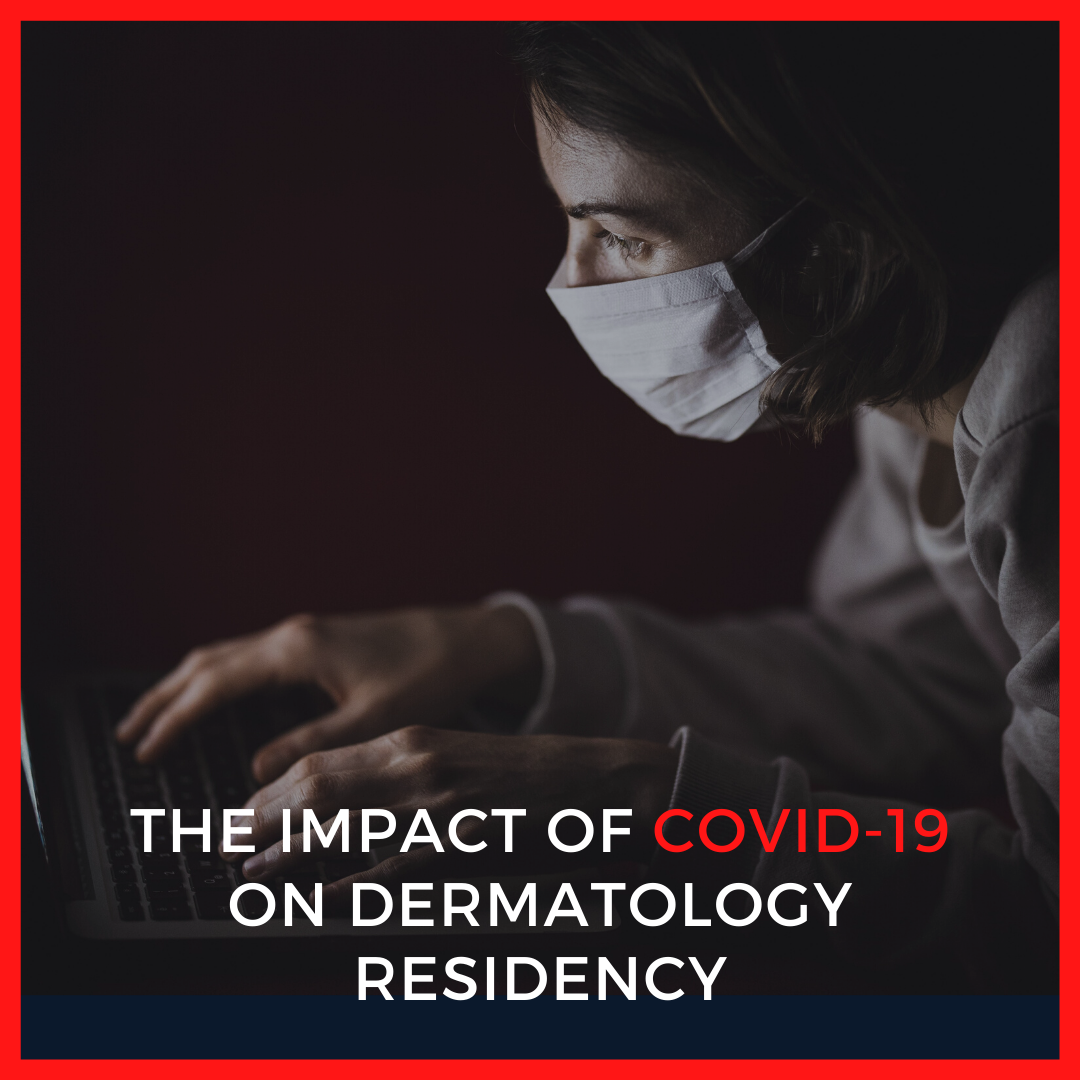It’s Mnemonic Monday! MD SOAP N HAIR
 On this Mnemonic Monday, we challenge you to remember the criteria needed to diagnose Systemic Lupus Erythematosus (SLE) with the following mnemonic:
MD SOAP N HAIR
Malar erythema
Discoid LE
Serositis (carditis or pleurisy)
Oral ulcers
Arthritis, nonerosive
Photosensitivity
Neurologic (seizure or psychosis)
Hematologic disorder
ANA
Immunologic disorder
Renal
This mnemonic refers to …
On this Mnemonic Monday, we challenge you to remember the criteria needed to diagnose Systemic Lupus Erythematosus (SLE) with the following mnemonic:
MD SOAP N HAIR
Malar erythema
Discoid LE
Serositis (carditis or pleurisy)
Oral ulcers
Arthritis, nonerosive
Photosensitivity
Neurologic (seizure or psychosis)
Hematologic disorder
ANA
Immunologic disorder
Renal
This mnemonic refers to …
 On this Mnemonic Monday, we challenge you to remember the criteria needed to diagnose Systemic Lupus Erythematosus (SLE) with the following mnemonic:
MD SOAP N HAIR
Malar erythema
Discoid LE
Serositis (carditis or pleurisy)
Oral ulcers
Arthritis, nonerosive
Photosensitivity
Neurologic (seizure or psychosis)
Hematologic disorder
ANA
Immunologic disorder
Renal
This mnemonic refers to …
On this Mnemonic Monday, we challenge you to remember the criteria needed to diagnose Systemic Lupus Erythematosus (SLE) with the following mnemonic:
MD SOAP N HAIR
Malar erythema
Discoid LE
Serositis (carditis or pleurisy)
Oral ulcers
Arthritis, nonerosive
Photosensitivity
Neurologic (seizure or psychosis)
Hematologic disorder
ANA
Immunologic disorder
Renal
This mnemonic refers to … 

 This week's Derm In-Review Mnemonic is:
This mnemonic refers to the cross-reactivity of para-phenylenediamine, one common allergen in allergic contact dermatitis.
Study More!
Need a refresher on Allergic Contact Dermatitis concepts? Check out the following pages of your 2019 Derm In-Review Study Guide:
Allergic Contact Dermatitis: 11, 51, 53, 54, 87, 97, 262, 264, 265
Don't have a copy? …
This week's Derm In-Review Mnemonic is:
This mnemonic refers to the cross-reactivity of para-phenylenediamine, one common allergen in allergic contact dermatitis.
Study More!
Need a refresher on Allergic Contact Dermatitis concepts? Check out the following pages of your 2019 Derm In-Review Study Guide:
Allergic Contact Dermatitis: 11, 51, 53, 54, 87, 97, 262, 264, 265
Don't have a copy? …  After all of the hustling and extra work you put in during medical school, you are now here living your best derm resident life. With each passing day, you can taste how much closer you are to being finished with your training, you can smell the signing and/or relocation bonus from your first job, and almost touch the freedom that will come with being an attending. But are you really ready to just …
After all of the hustling and extra work you put in during medical school, you are now here living your best derm resident life. With each passing day, you can taste how much closer you are to being finished with your training, you can smell the signing and/or relocation bonus from your first job, and almost touch the freedom that will come with being an attending. But are you really ready to just …  EPI Health has graciously supported the COVID-19 News and Resource Center.
On April 22nd, 2020, the Journal of Drugs in Dermatology, Derm In-Review, and the George Washington School of Medicine and Health Sciences hosted a live webinar to answer resident concerns during the global coronavirus pandemic. The webinar was moderated by Dr. Adam Friedman, Professor and Interim Chair of Dermatology a …
EPI Health has graciously supported the COVID-19 News and Resource Center.
On April 22nd, 2020, the Journal of Drugs in Dermatology, Derm In-Review, and the George Washington School of Medicine and Health Sciences hosted a live webinar to answer resident concerns during the global coronavirus pandemic. The webinar was moderated by Dr. Adam Friedman, Professor and Interim Chair of Dermatology a …  Next Steps in Derm author, Dr. Anna Chacon, searched the journals so that you don’t have to! She reports on important take-aways from different dermatology journals for the months of April, May, and June of 2019.
It is key to keep in mind that “important” is subjective and what is contained in this review is one person’s view of what should be remembered from these months of the literat …
Next Steps in Derm author, Dr. Anna Chacon, searched the journals so that you don’t have to! She reports on important take-aways from different dermatology journals for the months of April, May, and June of 2019.
It is key to keep in mind that “important” is subjective and what is contained in this review is one person’s view of what should be remembered from these months of the literat …